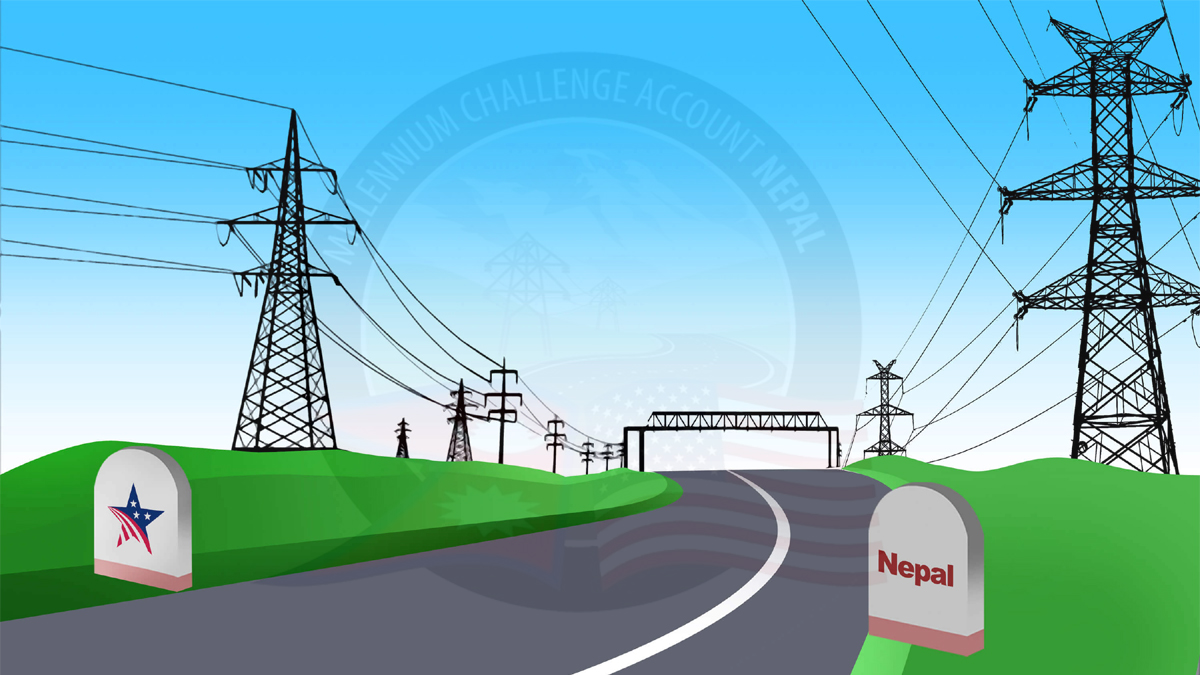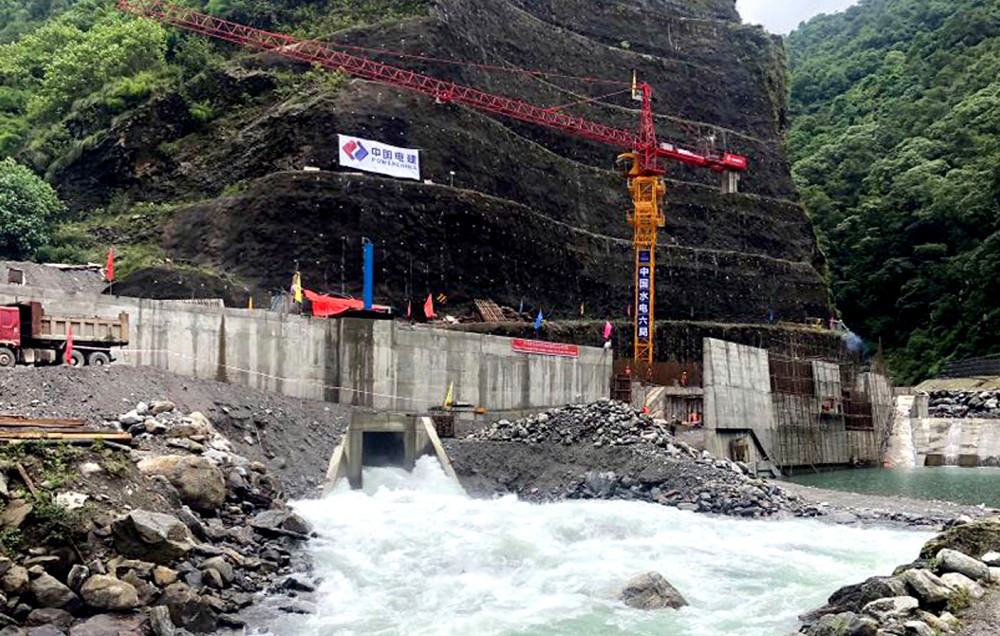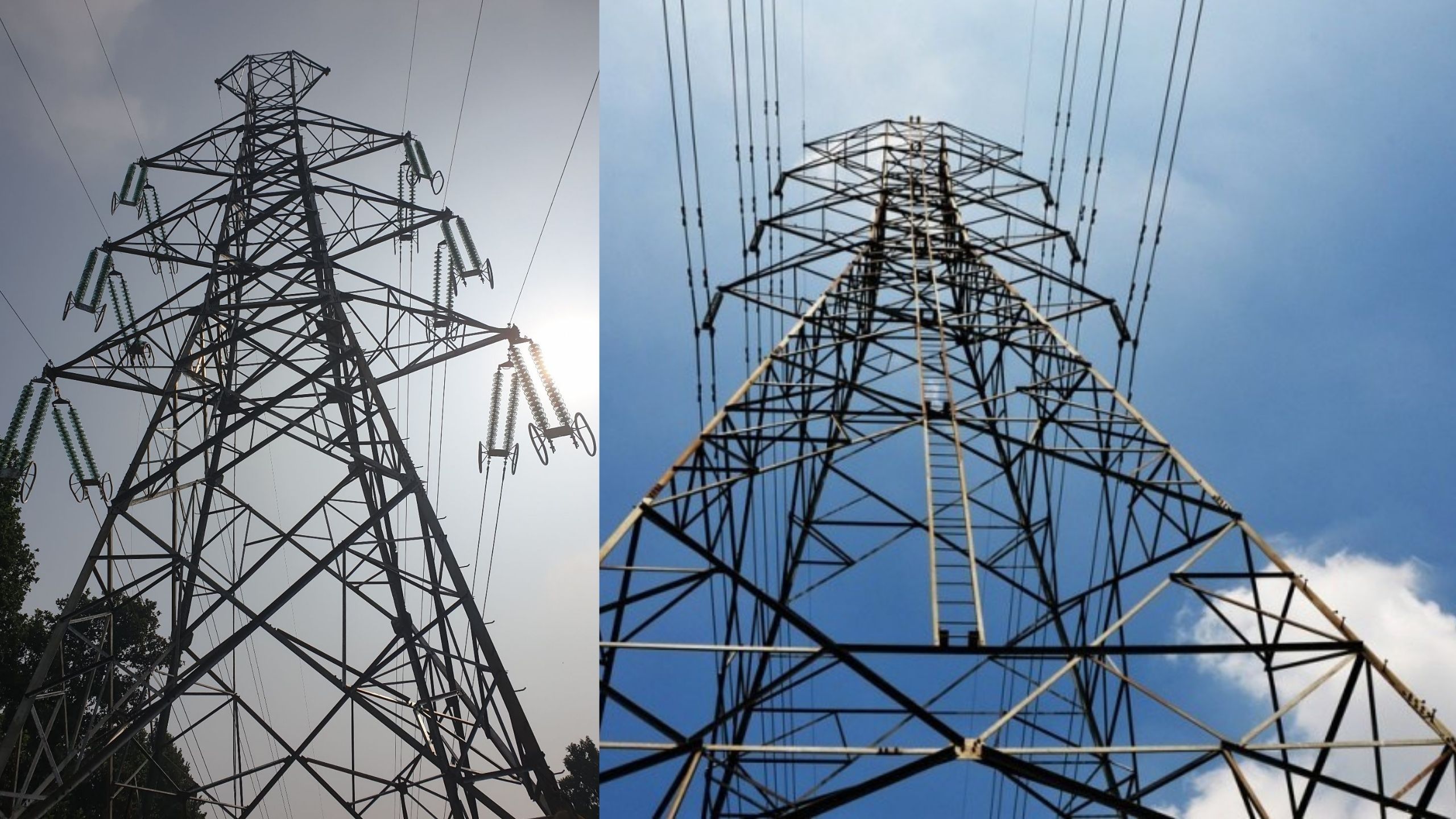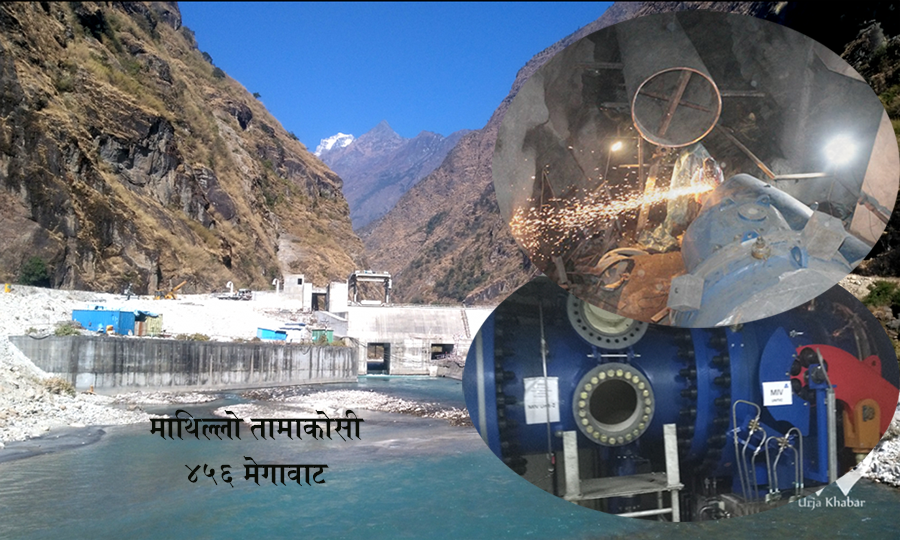Energy Update
Cross-border transmission line with China to use MCC-funded substation

Kathmandu: The Nepal Electricity Authority (NEA) has shelved its plan to set up a substation at Trishuli Bazaar for the Nepal-China Cross-border Transmission Line as it plans to connect the power line with a Ratmate-based substation to be built with the assistance of the Millennium Challenge Corporation (MCC), a US aid agency.
When the controversy over the MCC assistance was at its height before its eventual endorsement by the erstwhile House of Representatives early this year, the power monopoly had planned to set up a separate substation.

One reason behind envisioning a separate substation was to save the cross-border transmission line from the China-US rivalry, according to officials of the NEA.
Kul Man Ghising, managing director of the NEA, told the Post that no separate substation would be built for the Ratmate-Rasuwagadhi-Kerung Transmission Line Project.

“As we are connecting this cross-border transmission line with the Ratmate-based substation, there is no need for a separate substation at Trishuli, which is close to Ratmate,” he said.
According to NEA officials, they held a discussion with the officials of the Millennium Challenge Account, Nepal (MCA-Nepal), a special-purpose vehicle established to implement MCC-assisted projects in Nepal, to connect the cross-border transmission line with a Ratmate-based substation, which is to be built under the MCC grant.
“The MCA-Nepal told us that they will set up two connecting points [bays] at the substation for Nepal-China Cross-Border Transmission Line,” a senior official of the power utility said. “We, however, have not given up on the new substation amid continued geopolitical rivalry between the two superpowers.”
Dirghayu Kumar Shrestha, the chief of the transmission directorate at the Nepal Electricity Authority, the state-owned power utility, had told the Post in August last year that they planned a separate substation for the Nepal-China cross-border transmission line so as to ward off any geopolitical risks.”
“By not building a separate sub-station, the NEA will save a significant amount of money. It takes Rs4–5 billion to construct a substation and it is not good to set up another substation at a distance of 15–20 kilometres,” said Ghising.
A separate substation was to be set up at Trishuli Bazaar, near the site of the Trishuli Hydropower Project, for the cross-border power line, which is around 26 kilometres from Ratmate, Nuwakot.
A 315km-long 400kV transmission will be built with a grant of $500 million from the MCC in the country’s mid-hills. One of the substations will be at Ratmate.
The transmission project has five components—one segment starting from the northeast of Kathmandu at Lapsephedi, extending to the west of Kathmandu near Ratmate; a second segment runs from Ratmate to the industrial town of Hetauda located south of Kathmandu; a third segment will connect Ratmate to Damauli in the west; a fourth segment will link Damauli with Butwal in the southwest; and a fifth will run from Butwal to the Indian border, which is part of the cross-border transmission line.
The Ratmate-Rasuwagadhi-Kerung transmission line is the first such connectivity project between Nepal and China. The two countries had in 2018 formed a joint technical team to expedite the construction of the transmission line.
A Joint Technical Group comprising representatives of the NEA and the State Grid Corporation of China held two rounds of talks in China and Nepal for the transmission line before the start of the Covid pandemic.
Another meeting scheduled to be held in China could not happen due to continued Covid restrictions in China.
“As Covid cases spiked in China, we are in discussion with the Chinese side if another meeting could be held in Nepal sometime in February next year,” said an official of the NEA.
According to the NEA, once the cross-border line is built, it will open an alternative market for Nepal’s electricity. Currently, Nepal has only India as its foreign market to buy and sell electricity. India has allowed Nepal to sell a maximum of 452MW of electricity from 10 hydropower projects.
The 400 kV transmission line from Ratamate (Nepal) to Kerung (China) will allow power trade between Nepal and China, the NEA said in its annual report 2021-22. Currently, the project’s Environment Impact Assessment (EIA) process is underway.
Conversation
- Info. Dept. Reg. No. : 254/073/74
- Telephone : +977-1-5321303
- Email : [email protected]













